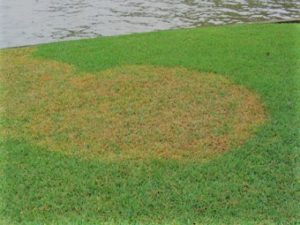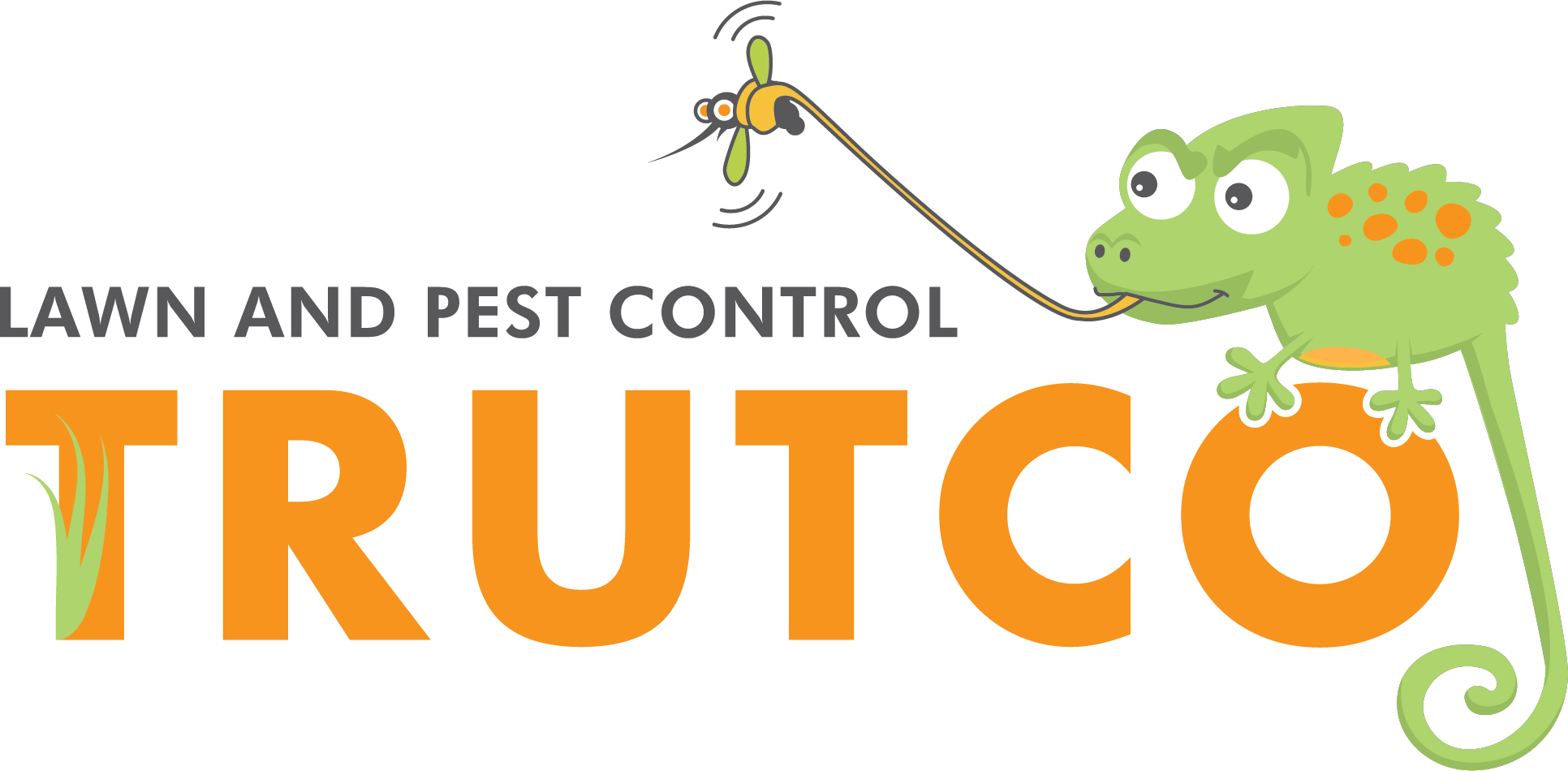Large Patch Fungus in Jacksonville Lawns
Large Patch Fungus Prevention
In order for large patch fungus to be active in your lawn 3 things must occur, this is known as the disease triangle. First, there must be a specific pathogen

in your soil (Rhizoctonia solani). Not all lawns have this pathogen and therefore will not be at risk for developing the fungus. The pathogen can be spread by mowers and since many homeowners hire a lawn maintenance company there is the risk of the pathogen being spread from lawn to lawn. Large patch becomes more common every year. It may be wise to not mow the lawn at all once it heads into dormancy to reduce the risk of spreading the pathogen. If you do have active large patch fungus, mow areas affected by the disease last.
The next aspect that will favor disease development is water. Reducing the supplemental irrigation your lawn receives from your irrigation system will help prevent and suppress the fungus from occurring. Unfortunately the disease does not distinguish between reduced irrigation and natural rainfall. Environmental conditions can continue to favor large patch fungus even after a reduction in irrigation.
Large patch fungus is only active during a specific time of year when temperatures are below 80 degrees. If temperatures increase the fungus will not be active. A hard freeze will also stop large patch fungus.
Treatment/Turf recovery
The good news is that large patch fungus does not affect the roots or stolons of the lawn and therefore will not kill your lawn. It will cause the leaf to turn yellow or orange temporarily but turf will recover during the next period of active growth in the spring. Our treatments are three fold. First, when temperatures are at risk of dipping below 80 degrees, we will reduce the amount of Nitrogen applied. Second, we will rake and remove decomposing leaf tissue. This will help with air flow and allow the soil to dry out and prevent further development. Last we will treat active fungus with a fungicide. There are no “long term” fungicides on the market and no fungicide is curative. When a fungicide is applied it will suppress the pathogen for a period of 14-28 days but will not encourage the turf to recover. A good lawn care service will continue to retreat the fungus every 14-28 days until it is suppressed. Recovery from the fungus is dependent on temperatures and sometimes will not happen until spring.
Learn more: UF Large Patch
